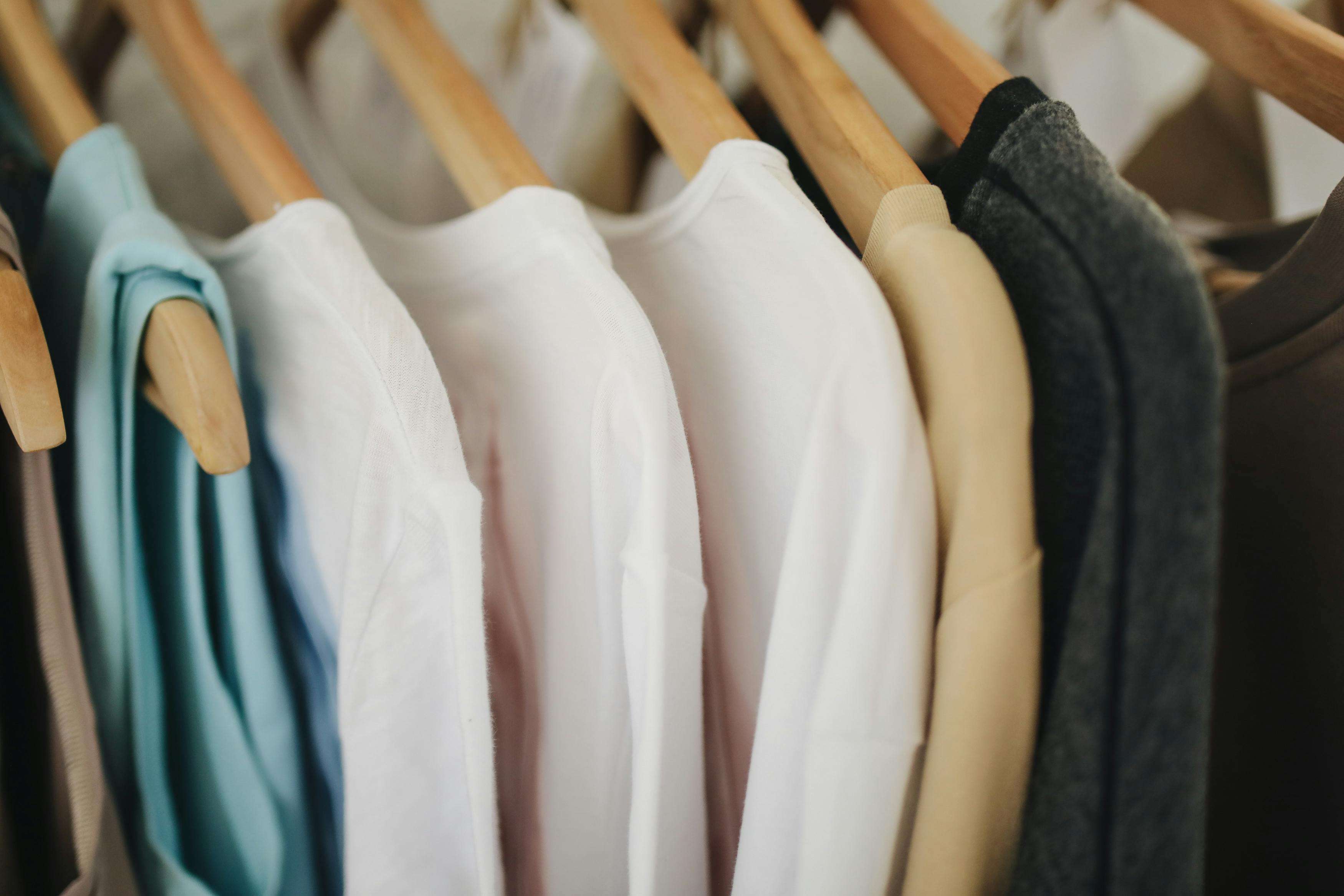Made in Small Batches, Worn Worldwide: Spain’s Indie Fashion Takeover
Spain has long been synonymous with effortless style — Mediterranean ease, rich craftsmanship, and a flair for color and confidence. But in recent years, something new has been stirring beneath the polished veneer of heritage labels and mass-market giants. A wave of independent Spanish designers has started to capture international attention not through scale, but through boutique production, storytelling, and sustainable creativity.
This isn’t about chasing the next viral trend; it’s about building fashion with identity. From Madrid’s converted ateliers to Barcelona’s coastal studios, Spain’s indie scene is rewriting the rulebook on how small brands can achieve global growth without sacrificing authenticity.
The Rise of Boutique Production in Spain
Traditional Spanish craftsmanship has always prized detail — from hand-stitched leather in Ubrique to artisan lace in Galicia. Now, that heritage is being reimagined through boutique production, where small batch manufacturing meets modern aesthetics.
Rather than mass-producing thousands of garments, these labels work in limited runs, focusing on quality, transparency, and creative freedom. This model allows them to adapt quickly, collaborate with local artisans, and respond to real customer demand instead of overproducing.
As fast fashion struggles under the weight of its own excess, Spanish indie designers are proving that slow, small-scale production can be not only sustainable but surprisingly scalable — when executed with purpose.
From Local Roots to Global Reach
The journey from a Madrid workshop to an international audience might seem unlikely, but Spain’s new generation of fashion entrepreneurs is leveraging digital tools to bridge the gap.
Social media has been their runway. Brands like Paloma Wool, La Veste, and Tach Clothing (founded by Uruguayan designer Sofía Achaval but popularized through Spanish boutiques) have built cult followings by blending artistic direction with emotional storytelling.
Their posts often feature behind-the-scenes glimpses of boutique production — local seamstresses at work, rolls of organic cotton stacked against sunlit studio walls, and hand-dyed fabrics drying in the Spanish sun. This transparency creates intimacy and trust, qualities that resonate with global consumers fatigued by faceless mass production.
A New Kind of Spanish Aesthetic
Unlike the bold, sensual glamour of traditional Spanish fashion houses, these indie designers are carving out a subtler visual language — one that celebrates imperfection and individuality.
Loose tailoring, artisanal textures, and soft, earthy color palettes define the look. The vibe is less “runway” and more “real life with style.”
This aesthetic pairs naturally with boutique production methods. Working on smaller scales means every piece can be considered, not churned out. The result feels handcrafted, collectible — even when sold online to a customer in Seoul or Los Angeles.
It’s also deeply sustainable. Limited runs reduce waste and overstock, while many labels use deadstock fabrics, recycled materials, or natural dyes. It’s a production mindset that values artistry and responsibility in equal measure.
How They’re Scaling Without Selling Out
One of the most impressive things about Spain’s indie scene is how these designers are growing while maintaining control. Instead of seeking massive outside investment, they’re experimenting with collaborative pop-ups, online preorders, and made-to-order drops.
This model keeps cash flow healthy and minimizes risk — essential for small studios.
Boutique production gives them the agility to test designs, adjust quantities, and restock based on demand, rather than forecast guesses.
Brands like Surbasics and Pardo Hats are excellent examples of this approach. Both started as hyper-local labels, producing everything by hand in small workshops. As international retailers took notice, they scaled their operations just enough to meet demand — but never to the point where quality or creative autonomy suffered.
They’ve effectively redefined “growth”: not about size, but about reach and recognition. Their pieces may be made in small batches, but they’re worn by customers across continents.
Spain’s Secret Advantage: Culture and Community
Spain’s culture lends itself beautifully to the boutique mindset. Collaboration, creativity, and community are deeply ingrained. Designers often share artisans, dye houses, or fabric suppliers rather than compete for them.
Cities like Madrid, Barcelona, and Valencia have developed strong creative networks where small producers, stylists, and photographers cross-pollinate ideas. Pop-ups feel more like social gatherings than sales events. This collaborative energy fuels authenticity — something that can’t be mass-produced.
And that’s the secret ingredient: Spanish indie fashion thrives not because it imitates global trends, but because it exports local soul. Every garment carries a sense of place — the Mediterranean light, the tactility of hand-woven textiles, the balance between elegance and ease.
Parting Thoughts
As the world rethinks fashion’s environmental and ethical footprint, Spain’s indie designers offer a blueprint for change. Boutique production doesn’t mean small ambition — it means smart ambition.
By focusing on transparency, craftsmanship, and emotion, they’ve proven that limited production can still generate limitless influence. The formula is simple but powerful: make less, make better, tell your story — and the world will listen.
Spain’s indie scene has nailed global growth not by chasing volume, but by building value. In doing so, it’s showing the industry that the future of fashion may not belong to the biggest players — but to the bravest.



